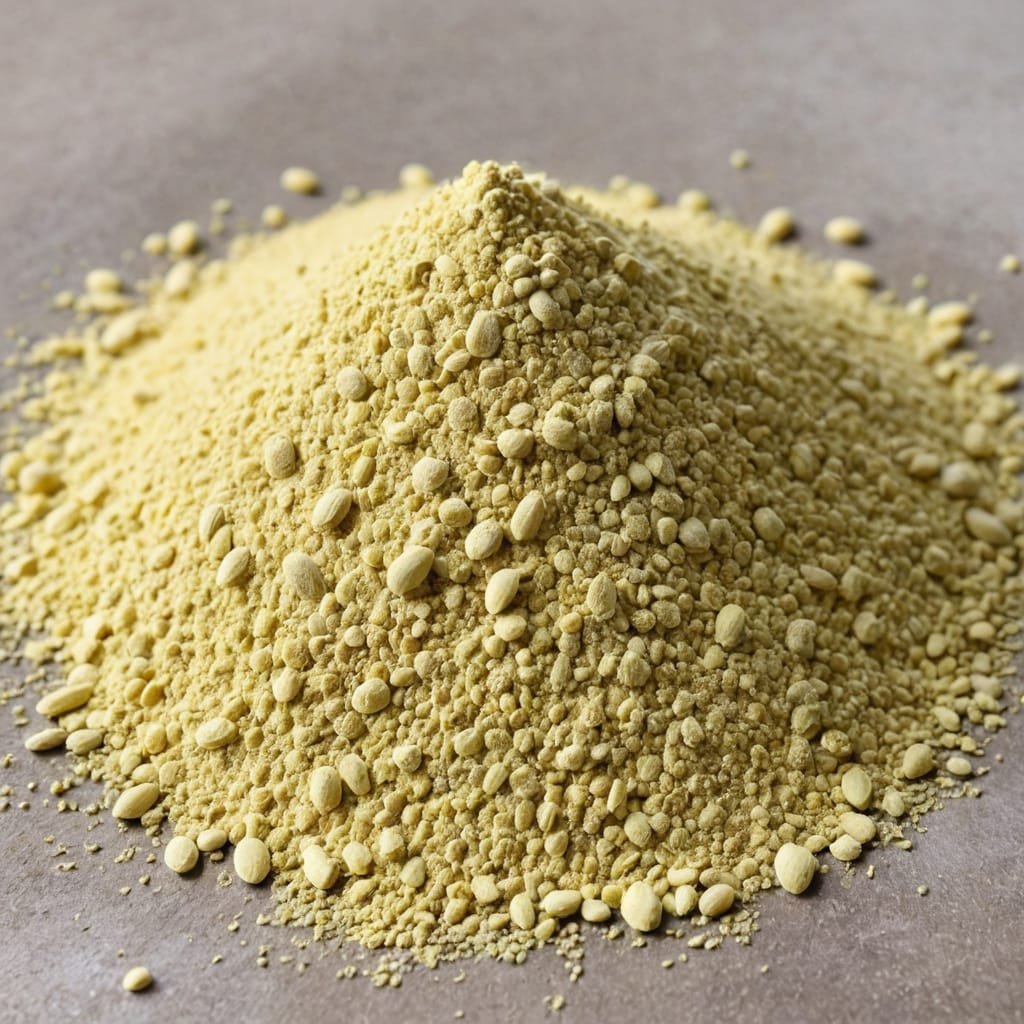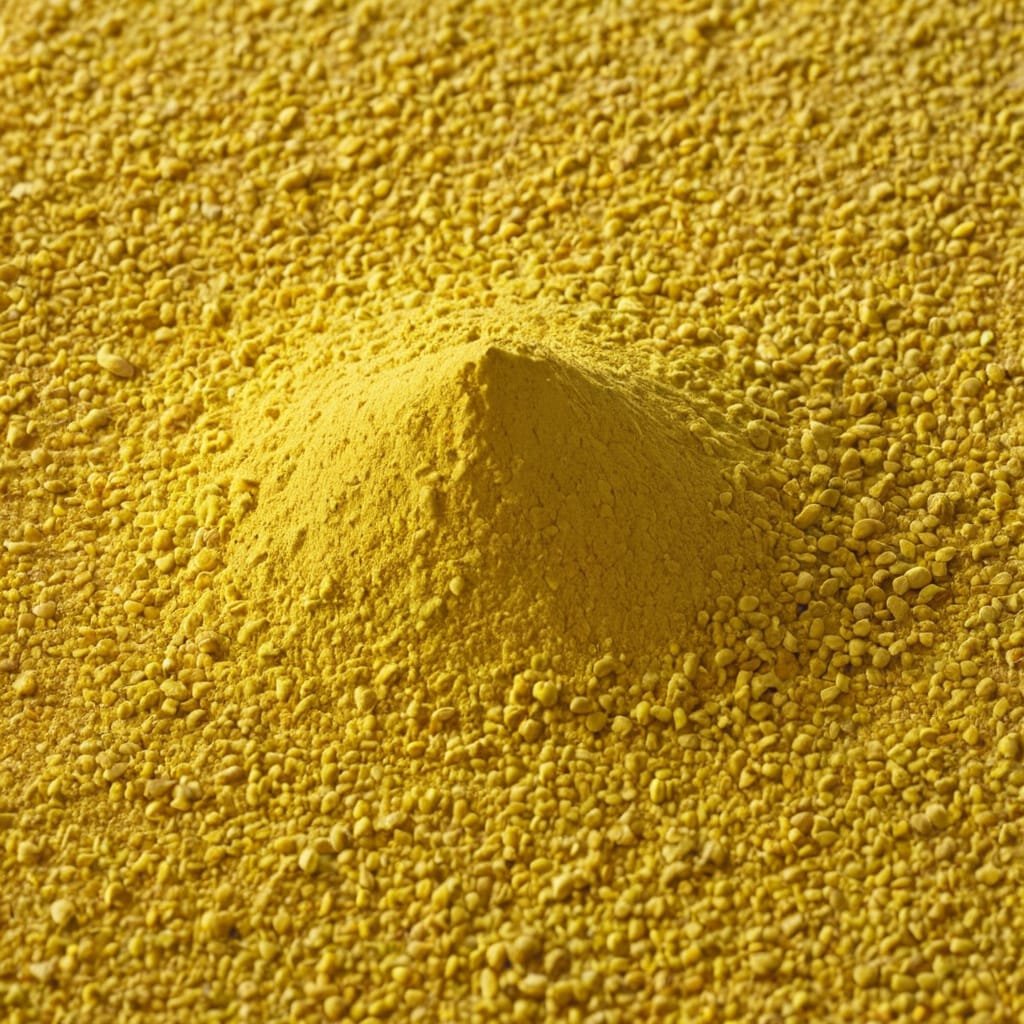Pollen Grains
Name
Arabic: Habat Al-Laqah (Pollen grains)
English: Pollen grains
Botanical Description
Pollen grains are male reproductive cells produced by flowering plants. They vary in shape and size (10-100 micrometers) depending on plant species, protected by a strong outer cell wall that safeguards the genetic material inside.
Types
Date palm pollen
Pine pollen
Bee-collected pollen
Olive pollen
Health Benefits
Natural aphrodisiac (boosts male fertility)
Powerful antioxidant (anti-aging)
Immune system booster
Digestive aid (contains digestive enzymes)
Anemia treatment (rich in iron)
Medical Uses
Male infertility treatment
Menopause symptom relief
Athletic performance enhancement
Prostate inflammation treatment
Cultivation Methods
Pollen isn’t cultivated directly but collected from:
Flowering palm trees (by shaking flowers)
Beehives (collected by bees)
Wild flowering plants
Used Parts
Raw pollen grains
Pollen powder
Dietary supplement capsules
Active Components
Proteins (40% of content)
Essential amino acids
Vitamins (B complex, E, D)
Minerals (Zinc, Selenium, Magnesium)
Digestive enzymes
Export Details to All Parts of the World
Type : Powder
Packaging: Cartons or bags.
Packaging and Handling: Automated.
Weight: 20 or 25 kg.
Origin: Egypt.



